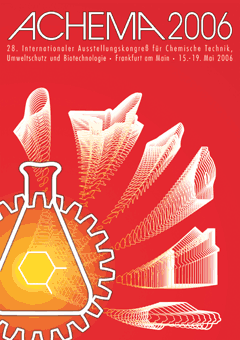I am a Chemical Engineer by education. But having spent all my professional life so far in conceiving, specifying, selecting, sizing, designing, engineering, commissioning and troubleshooting equipment and systems for Chemical Process Industry, I would like to be known as a ‘Process Engineer’. Why then the name ‘Molecular Engineering’ for this blog?
The first and most obvious reason is that ‘chemical engineering’ and suitable variations of it were not available to me on this blog site. I chose ‘Molecular Engineering’ to convey my conviction that the happenings at the molecular level should be very close to the heart of every chemical engineer. Fundamental frameworks and concepts of Physics, Chemistry and Biology rule the chemical engineer’s world, but couched as they are in mathematical equations and formulae for practical applications, it is only the latter that is evident to many, especially now that rigorous and sophisticated computational techniques are easily available and affordable. Of all the engineering disciplines, it is Chemical Engineering that unarguably has the strongest roots in science.
There is yet another reason for choosing this name. Many universities in USA are in the process of reinventing their chemical engineering courses. Chemical engineering no longer has the charm and charisma bestowed on it in the 1960’s and 1970’s. The prefix ‘chemical’ is indeed a burden today, caused no doubt by unashamedly misinformed campaigns by vested interests who are turning a blind eye to the immense benefits that have accrued to society from chemicals – polymers and pharmaceuticals, to take just two examples would be inconceivable without chemical intermediates. Fortunately Life Sciences with its myriad branches has explosively opened up new frontiers for chemical engineers to forge ahead and reinvent themselves. It is back to the roots – molecules – again for Chemical Engineers.
